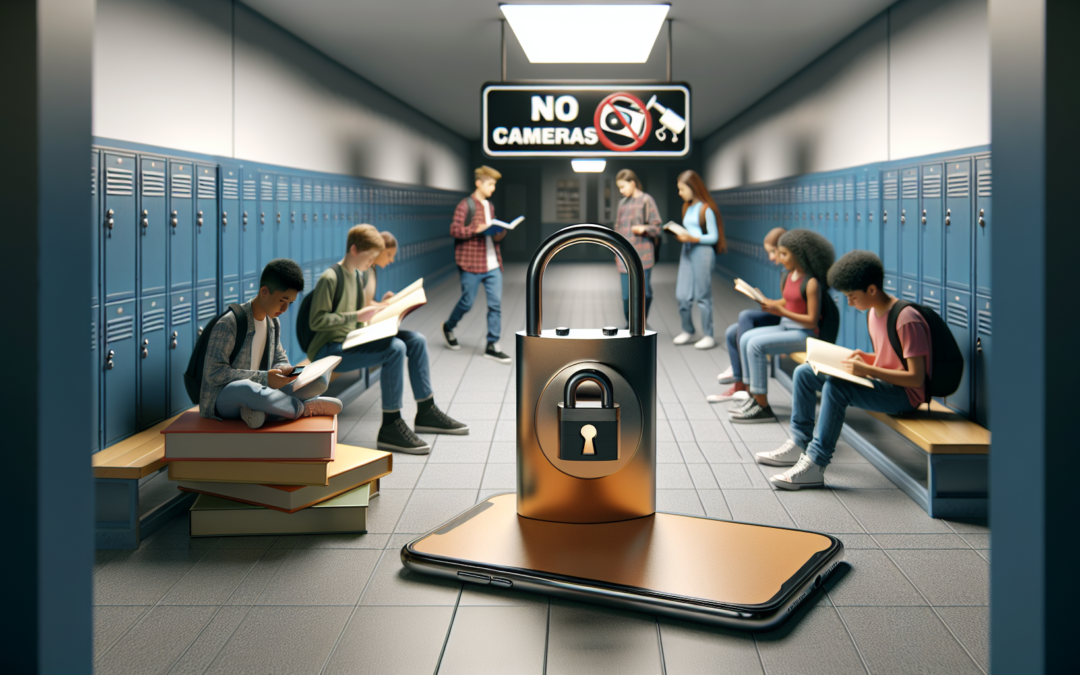Defending the Line: The Challenges Faced by Law Enforcement Amidst the Rise of Unauthorized Filming
Across America, officers wearing badges hold the delicate thread between civil order and the chaos that blurs the lines of personal freedom and public safety. As the seismic rise of unauthorized filming confronts everyday policing, we find ourselves at a turning point—a digital era where every interaction might be streamed, scrutinized, and sensationalized, dragging law enforcement into uncharted waters where the societal cost emerges large.
The Burden of Public Scrutiny
Each call officers attend now holds the potential for public scrutiny, not in closed quarters but on a global stage. It isn’t only about addressing a disturbance, responding to a crime, or standing vigilant in a community; it’s about becoming unwitting actors in an unscripted drama, aired live to powerless officers suddenly thrust under a national microscope. The immediacy of digital platforms now presses them to not only enforce the law but to navigate an added realm of public theatrics, where every word, gesture, and expression finds its way to critical eyes distorted by the lens of bias.
Navigating the Maze of Digital Liberties
In an age awash with technology’s pervasive reach, the principle of free speech manifests in complex digital expressions that confront traditional policing methods. Officers find themselves policing in spaces where rules previously unwritten now clamor for urgent definition. How does one de-escalate situations hyper-charged by the omnipresent act of filming? How is the duty to protect public welfare balanced without insight infringing on individual rights guaranteed by the First Amendment? These are not abstract inquiries but rather the daily dilemmas felt on the ground, affecting decisions made in seconds.
The Strain on Mental Resilience
This constant, heightened vigilance places an undeniable burden on our officers. In roles often laden with inherent danger, unpredictability, and rapid decision-making under duress, the added element of being recorded—potentially out of context and virally shared—brings emotional tension. The lack of privacy in their professional sphere amplifies stress, evoking feelings of visibility and vulnerability. Constant exposure risks pushing experienced and dedicated officers away, severely affecting mental health, and, ultimately, the well-being and cohesiveness of police forces across the nation.
Community Trust: Eroded or Empowered?
The emergence of ubiquitous filming could either erode or empower community trust in law enforcement. Some argue that explicitly capturing interactions encourages transparency, aiding accountability and prompting police reform. These eye-on-the-pavement recordings disseminate unvarnished truths thought necessary for societal betterment. Yet, as much as video can highlight misconduct, inadequately contextualized footage can tarnish reputations and project misleading narratives.
For true transparency, measures must aim beyond unilateral recording and towards fostering an environment where truth thrives, free of sensationalism, where officers are partners rather than adversaries in mutual community concerns.
Seeking Solutions: Bridging the Divide
The path forward lies in promoting collaboration across the societal spectrum—engaging lawmakers, law enforcement, tech developers, and citizens in open dialogue. Comprehensive legislation, developed carefully keeping both technological innovation and traditional rights in mind, should clarify the nuances surrounding unauthorized filming. Establishing clearer protocols would aid officers in performing their duties effectively without fearing disproportionate repercussions.
Furthermore, equipping police departments with necessary training to handle situations involving digital recording is indispensable. Educating officers about legal boundaries and rights while strengthening communication skills might mitigate tensions when/if cameras are rolling. Training ideally spans empathy, cultural awareness, conflict negotiation, and technological ethics, ensuring actions align not merely with law correctness but genuine community care.
Technological Synergy: A Balanced Approach
Is there a way cutting-edge technology can also serve enforcement needs? Leveraging digital tools as allies, not adversaries, becomes pivotal. Continued investment in body-worn cameras offers promise; they empower officers to document incidents from their perspectives and prove valuable counter-dotes to one-sided civilian recordings. Through these lenses, a truer representation of events emerges, fostering justice and nurturing public confidence over time.
Moreover, engagement shouldn’t stop at capturing visuals. With the advent of AI and improved data analytics, law enforcement potentially gains a vital partnership in realizing accuracy while maintaining human touchpoints ethical and unbiased.
Conclusion: Our Shared Path Forward
Ultimately, we are tasked to craft a narrative of shared respect and mutual benefit. The quick pace with which unauthorized filming morphs public space into contentious arenas mandates focused, comprehensive solutions. As we venture towards guarded optimism, let us convene allies in pursuit of peace rather than permit our missions to fray into fractured mistrust.
We invite you—residents, lawmakers, advocates—to join platforms like The John Ligato Show](https://www.youtube.com/channel/UCLlTnvFdPVZT1IgzW4fHP-g?sub_confirmation=1) and explore further conversations through recent noteworthy discussions found here as well as continued engagement on Facebook.
Collaboratively, we can fuel discourse that pilots us from uncertainty to understanding—ensuring our law enforcement heroes stand steady and supported, just as they provide that assurance for everyone in our great nation.

Recent Comments